Do Socks Prevent Blisters in New Shoes? Discover the Truth!
Yes, socks can prevent blisters in new shoes. They act as a barrier between your skin and the shoe.
This helps reduce friction and irritation. Wearing new shoes often leads to discomfort and blisters. This can make wearing them a painful experience. Blisters form due to the friction between the shoe and your skin. Socks can help minimize this friction and provide a layer of protection.
But not all socks are created equal. The material and fit of the sock play a crucial role in preventing blisters. Understanding the right type of socks to wear with new shoes can make a big difference. In this blog, we will explore how socks prevent blisters and what you should look for in a good pair of socks.
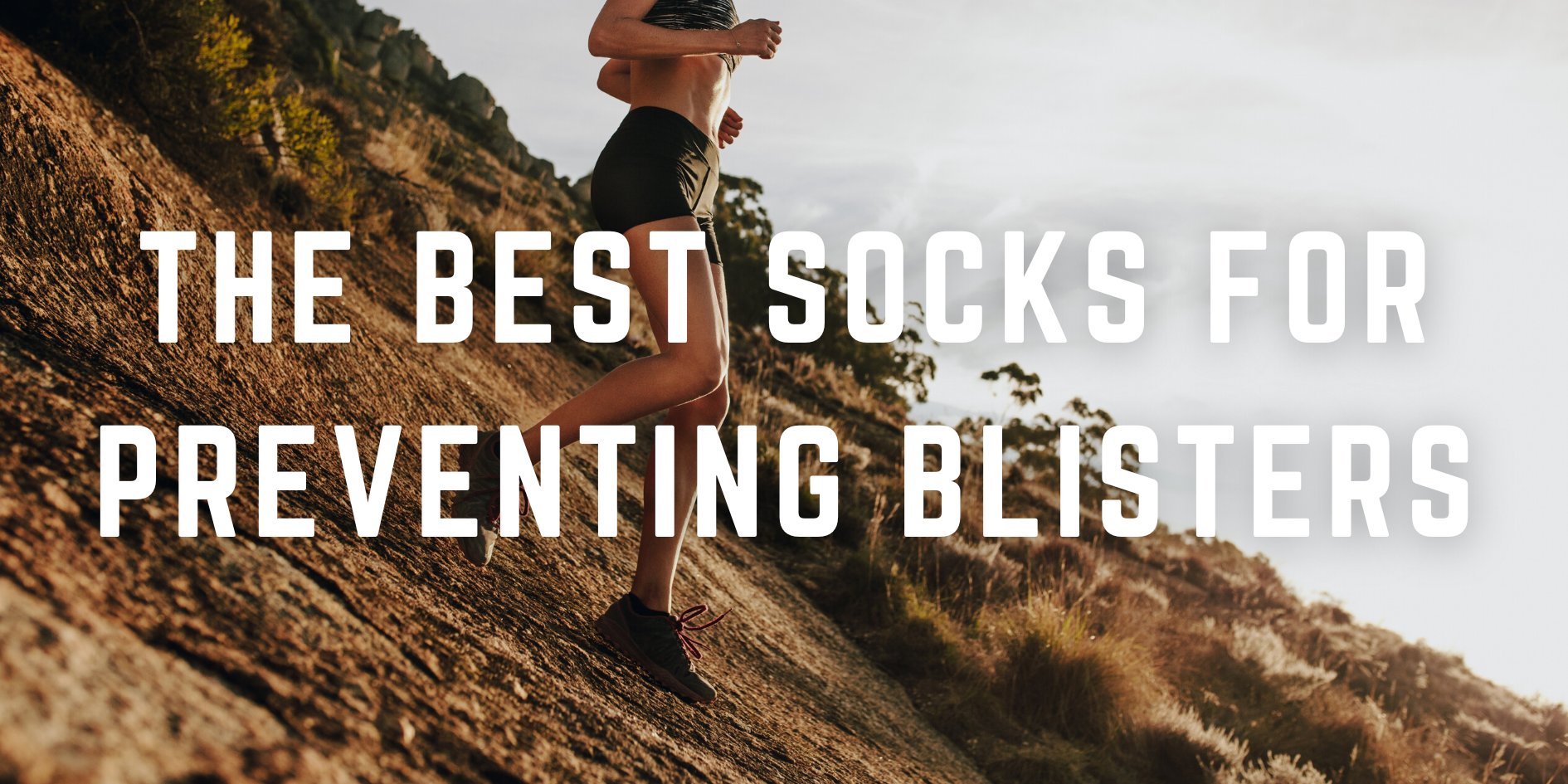
Credit: creeperssocks.co.nz
Introduction To Blisters And New Shoes
Blisters can be a painful surprise, especially with new shoes. They often occur due to the friction between your skin and the shoe material. Understanding why blisters form and how to prevent them can save you a lot of discomfort.
What Are Blisters?
Blisters are small pockets of fluid that form on the skin. They usually appear as a response to friction, burns, or other injuries. The fluid, which is often clear, serves as a cushion to protect the damaged tissue underneath. While blisters can be annoying, they are a natural part of the healing process.
Why New Shoes Cause Blisters
New shoes can cause blisters because they have not yet molded to your feet. The material is often stiff and can create friction against your skin. This friction can lead to small tears in the upper layers of your skin. When the body senses this damage, it sends fluid to the area to form a blister, protecting the skin from further harm.
Here are a few reasons why new shoes might cause blisters:
- Stiff Material: New shoes are often made from stiff materials that need time to soften.
- Improper Fit: Shoes that are too tight or too loose can cause excessive rubbing.
- Increased Activity: Walking more than usual in new shoes can increase friction.
Knowing these factors can help you take steps to prevent blisters when breaking in new shoes.
Role Of Socks In Foot Protection
Socks play a crucial role in protecting our feet. They provide a barrier between the skin and the shoe, reducing friction. This friction often causes painful blisters. Proper socks can make new shoes more comfortable and prevent injury.
Types Of Socks
There are various types of socks to consider for foot protection:
- Athletic Socks: Designed for sports, they offer cushioning and support.
- Hiking Socks: Thick and padded, ideal for long walks.
- Compression Socks: Improve blood flow and reduce swelling.
- Dress Socks: Thinner, suitable for formal shoes.
Material Matters
The material of the socks is important for comfort and protection:
- Cotton: Absorbs moisture but can cause blisters when wet.
- Wool: Keeps feet warm and dry, prevents blisters.
- Synthetic: Wicks moisture away, keeps feet dry.
- Blends: Combine different materials for optimal comfort.
Choosing the right socks can prevent blisters and keep your feet healthy. Consider the type and material of the socks for your needs.
Scientific Perspective
Understanding the science behind how socks can prevent blisters in new shoes offers valuable insights. Blisters form due to friction between your skin and the shoe. Socks act as a buffer, reducing this friction. To explore this further, let’s delve into studies, research, and expert opinions.
Studies And Research
Several studies have investigated the role of socks in blister prevention. Researchers found that socks with moisture-wicking properties reduce blister formation. They keep feet dry, minimizing friction. Furthermore, double-layer socks proved effective. They reduce friction between sock layers, not between the skin and shoe.
Expert Opinions
Podiatrists emphasize the importance of wearing proper socks with new shoes. They recommend socks made from synthetic materials. These materials offer better moisture control than cotton. Sports scientists support this view. They suggest that socks cushion the feet, reducing pressure points and friction.
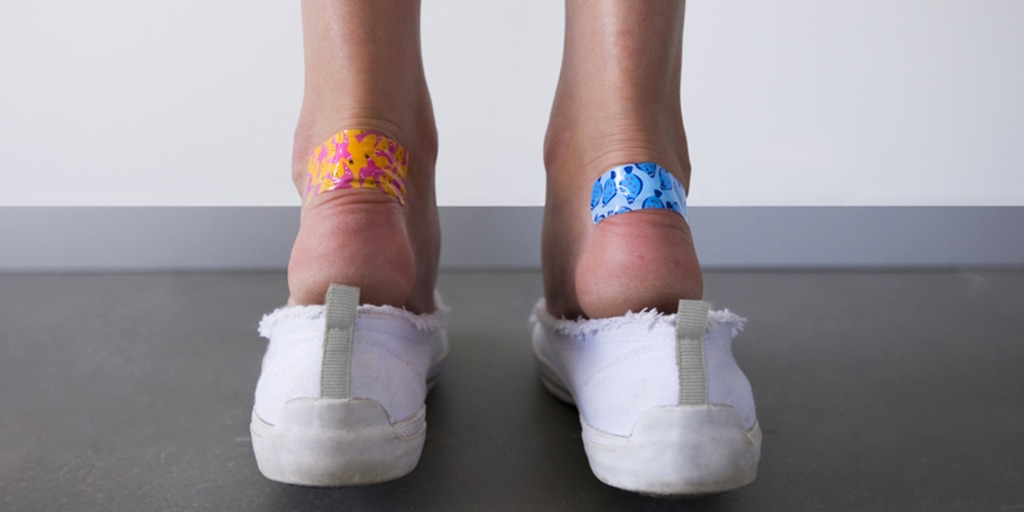
Credit: www.today.com
Personal Experiences
Many wonder if socks can prevent blisters in new shoes. The answer often depends on personal experiences. Let’s explore some real-life stories and common observations to understand better.
Real-life Stories
Many individuals share their experiences with new shoes and blisters. For example, Jane, an avid runner, always buys new running shoes. She finds that wearing thick, moisture-wicking socks helps her avoid blisters. In contrast, John, a casual walker, prefers thin socks. He noticed that thin socks led to more blisters when breaking in new shoes. These real-life stories highlight the importance of sock choice.
Common Observations
Many people observe a pattern with new shoes and blisters. Here are some common observations:
- Thick socks often provide better cushioning.
- Moisture-wicking socks help keep feet dry.
- Wearing two pairs of socks can reduce friction.
Let’s look at some key factors in a table format:
| Factor | Observation |
|---|---|
| Thickness | Thicker socks reduce direct shoe contact. |
| Material | Moisture-wicking materials keep feet dry. |
| Double Layer | Two pairs of socks can minimize friction. |
These common observations help explain why socks are vital in preventing blisters in new shoes.
Sock Features That Help
Wearing the right socks can make a big difference in preventing blisters with new shoes. The key is to focus on specific features that can offer comfort and protection. Here are two essential features to look for: cushioning and padding, and seamless design.
Cushioning And Padding
Cushioning and padding play a crucial role in preventing blisters. Socks with extra padding in the heel and toe areas can provide the necessary support and reduce friction. This is especially important when breaking in new shoes, as these areas tend to be the most problematic.
Consider socks made from materials that offer extra cushioning such as wool or specialized synthetic fibers. These materials not only add comfort but also help in absorbing the impact while walking, thus reducing the risk of blisters.
Seamless Design
A seamless design is another important feature to look for in socks. Traditional socks with seams, especially around the toes, can create pressure points and cause blisters. Seamless socks eliminate this risk by providing a smooth surface that minimizes friction.
Many brands offer seamless socks specifically designed to reduce the likelihood of blisters. These socks are engineered to fit snugly and stay in place, ensuring that they do not bunch up and create uncomfortable spots inside your shoes.
| Feature | Benefit |
|---|---|
| Cushioning and Padding | Reduces friction and provides support |
| Seamless Design | Eliminates pressure points |
By paying attention to these sock features, you can significantly reduce the chances of getting blisters from new shoes. Choose wisely and enjoy your new footwear without discomfort.
Choosing The Right Socks
New shoes often bring the excitement of a fresh look. But they can also cause blisters. Choosing the right socks can make a big difference. The right pair of socks can offer comfort and protection. This section will guide you on what to look for in socks. We will cover fabrics, fit, and size.
Fabrics To Consider
The fabric of your socks matters a lot. Some materials can help prevent blisters better than others. Here are some fabrics to consider:
- Cotton: Comfortable and breathable but can retain moisture.
- Wool: Great for wicking moisture and keeping feet dry.
- Synthetic Blends: Often used in athletic socks for moisture management.
- Bamboo: Soft, breathable, and has natural antibacterial properties.
Fit And Size
The fit and size of your socks are just as important as the fabric. Ill-fitting socks can cause friction and lead to blisters. Here are some tips to ensure the right fit:
- Check the Size Chart: Always refer to the size chart provided by the manufacturer.
- Avoid Excess Material: Excess fabric can bunch up and cause friction.
- Snug Fit: Look for socks that fit snugly but are not too tight.
- Test Before Use: Wear new socks around the house before using them with new shoes.
Choosing the right socks can save your feet from painful blisters. Pay attention to fabric, fit, and size to find the perfect pair.
Additional Tips To Prevent Blisters
Blisters can be a real pain, especially with new shoes. While socks help, other steps can further prevent blisters. Here are some additional tips to keep your feet blister-free.
Breaking In New Shoes
New shoes can be stiff. This stiffness can cause friction, leading to blisters. To avoid this, break in your new shoes before wearing them for long periods.
- Wear them around the house for short periods.
- Gradually increase the time you wear them.
- Try wearing thick socks to help stretch the shoes.
These simple steps make your shoes more comfortable and less likely to cause blisters.
Using Blister Pads
Blister pads provide extra protection for your feet. They cushion areas prone to friction. This can significantly reduce the risk of blisters.
- Place blister pads on your heels.
- Use them on the sides of your feet.
- Apply them on any area that feels tight or rubs.
Blister pads are easy to use and can be found in most drugstores. They are a simple solution for added comfort.
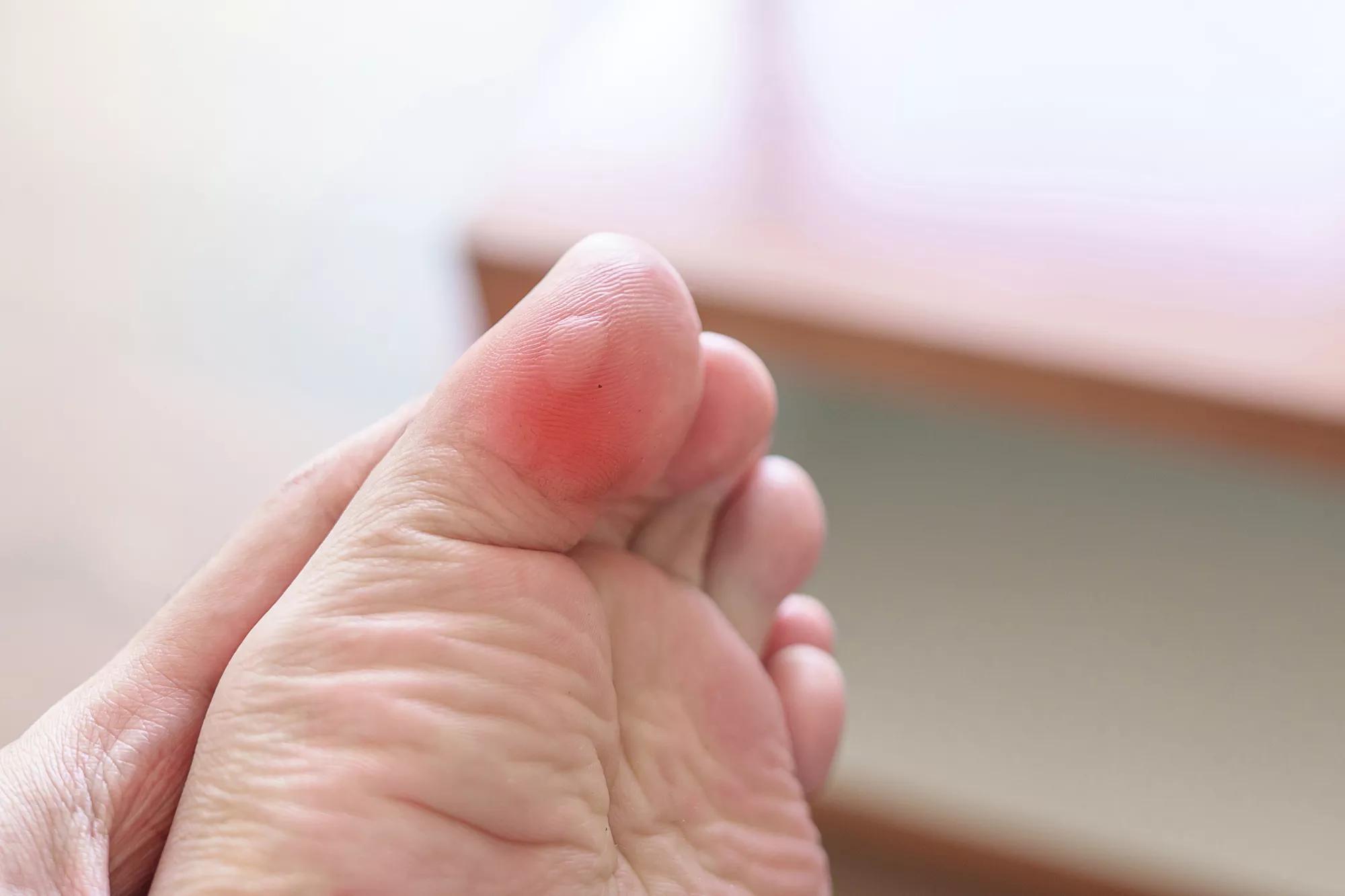
Credit: health.clevelandclinic.org
Frequently Asked Questions
Do Socks Help Prevent Blisters?
Yes, socks help prevent blisters by reducing friction between your feet and shoes. They provide a protective layer.
What Kind Of Socks Prevent Blisters?
Moisture-wicking socks are best for preventing blisters. They keep your feet dry and reduce friction.
Should I Wear Thick Socks With New Shoes?
Thick socks can provide extra cushioning. They help reduce friction and prevent blisters.
Do Cotton Socks Cause Blisters?
Cotton socks can cause blisters. They retain moisture, increasing friction and the risk of blisters.
Conclusion
Wearing socks can help prevent blisters in new shoes. They reduce friction and protect your feet. Choose the right socks for better comfort. Moisture-wicking materials are best. Avoid cotton socks as they can cause blisters. Proper fit is crucial too.
Remember, happy feet make for a happy walk. Try different socks to find your perfect match. Your feet will thank you.
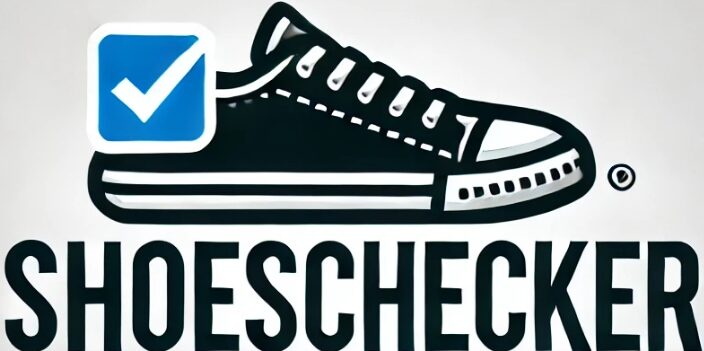
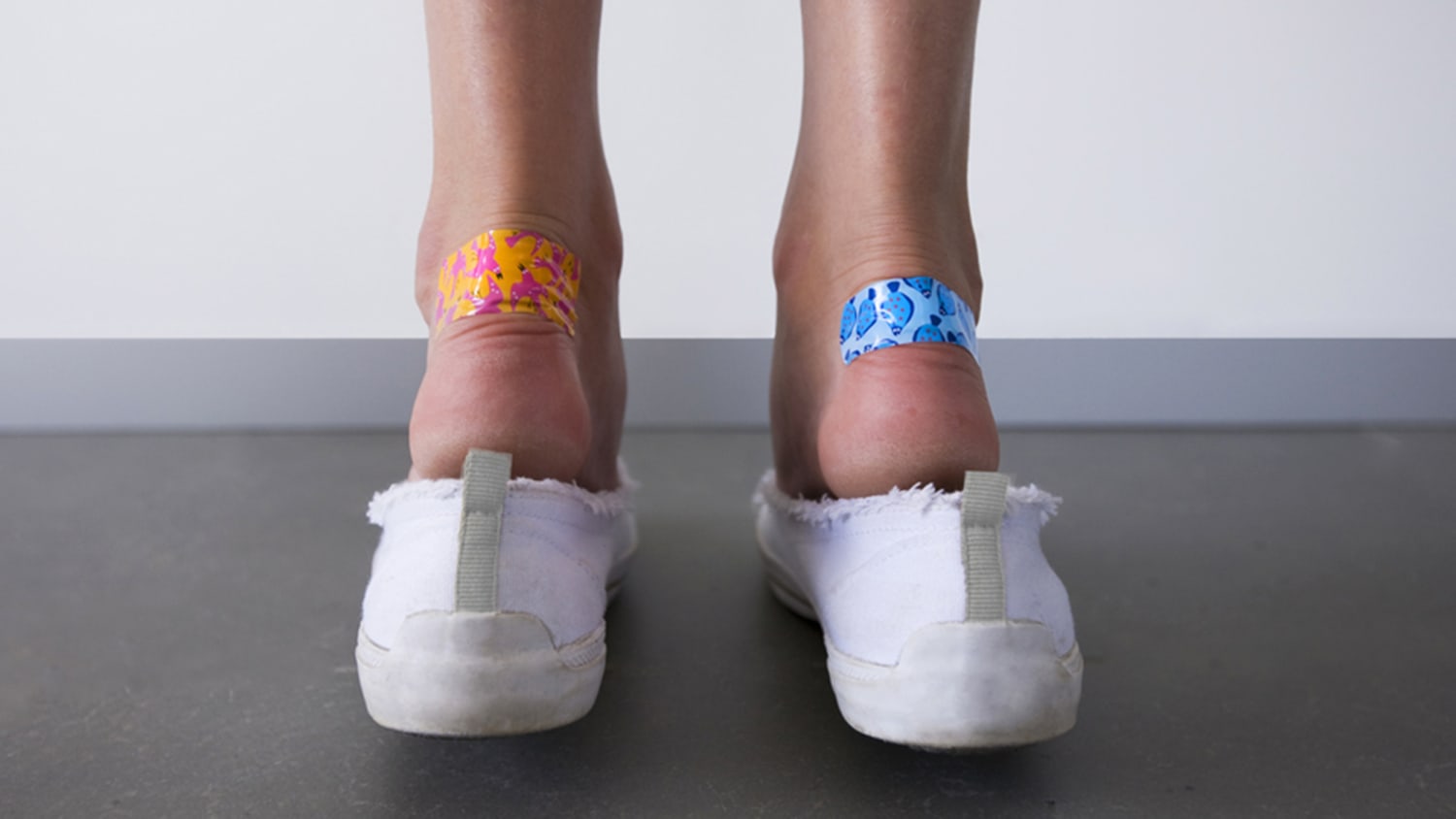

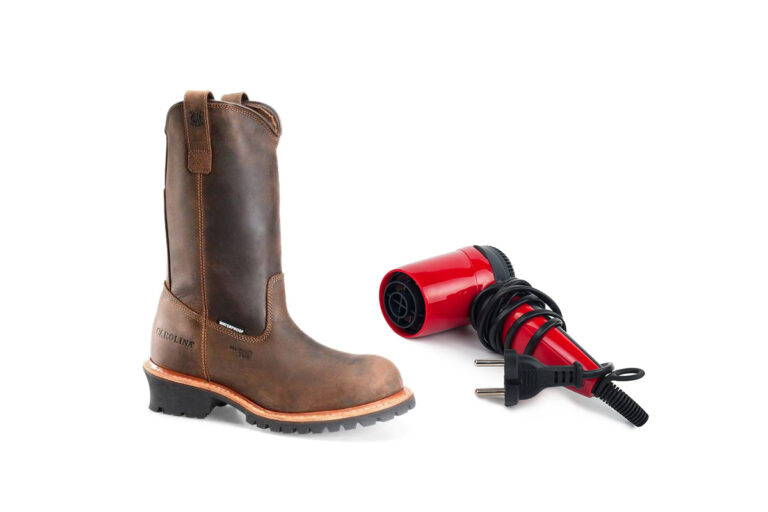
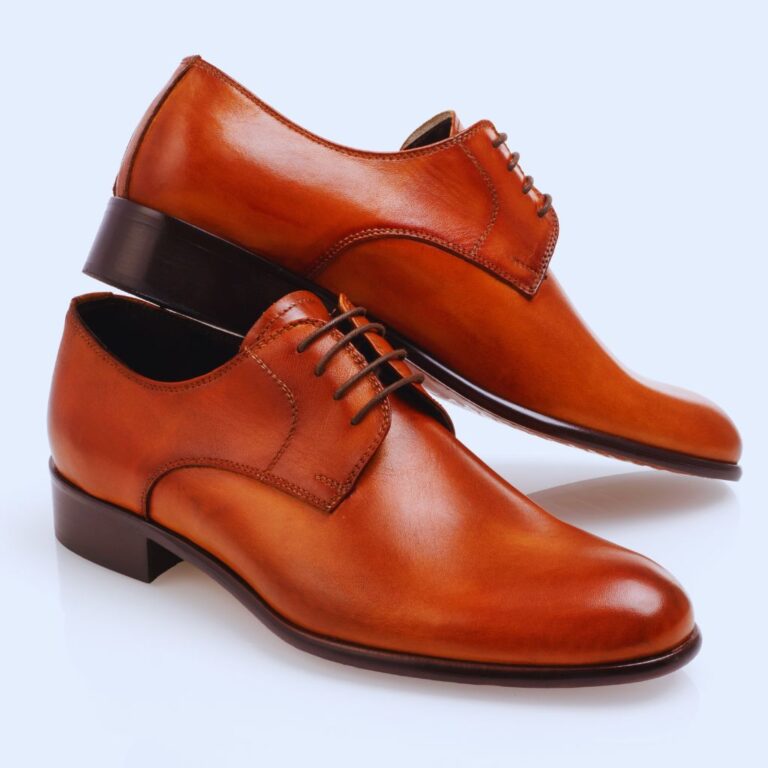
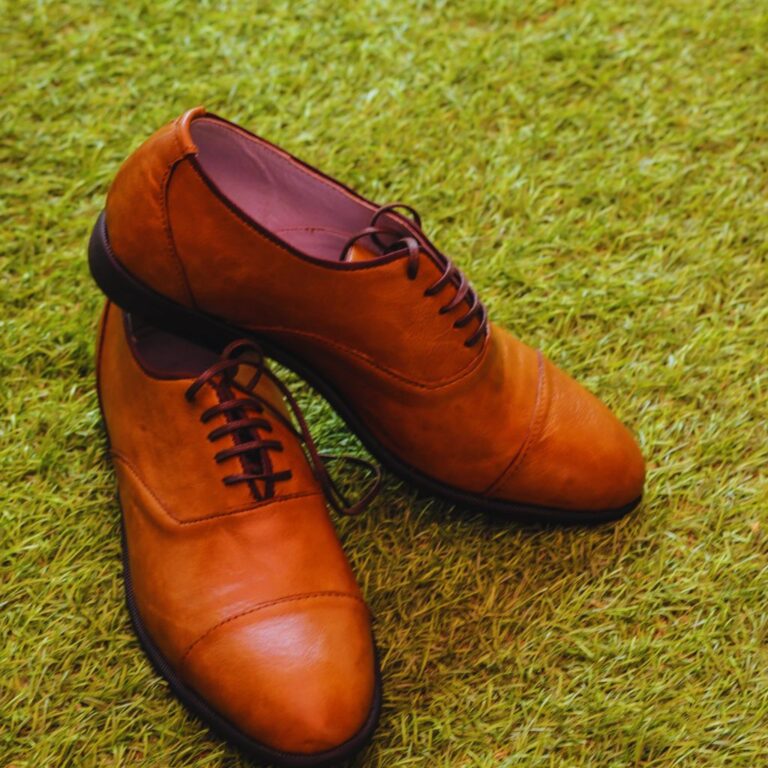
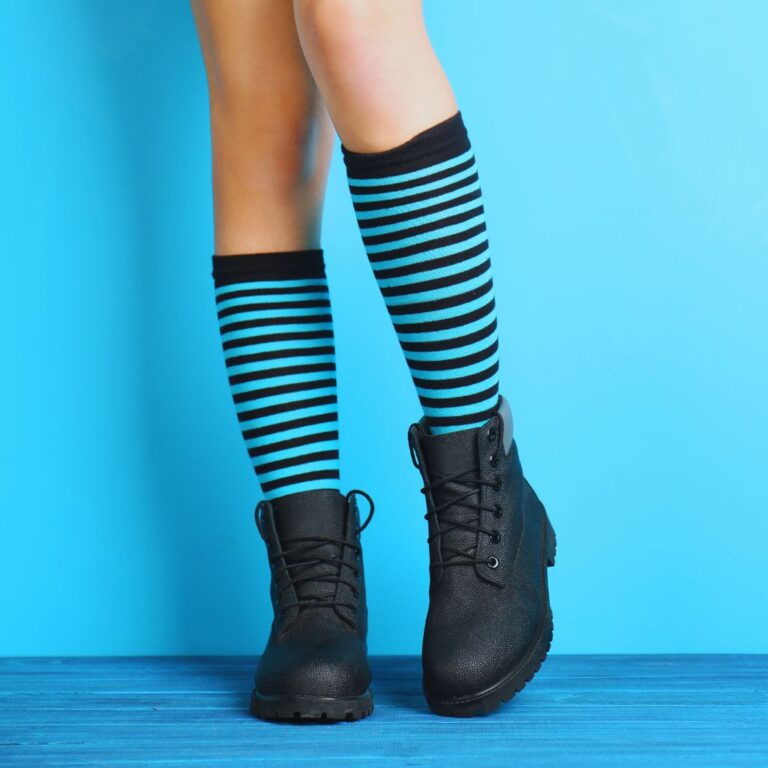
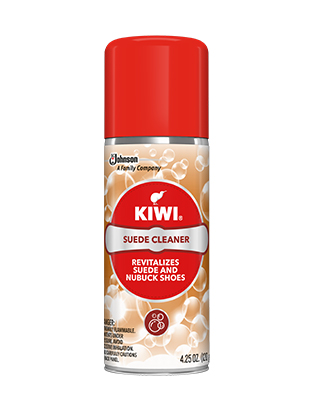
2 Comments